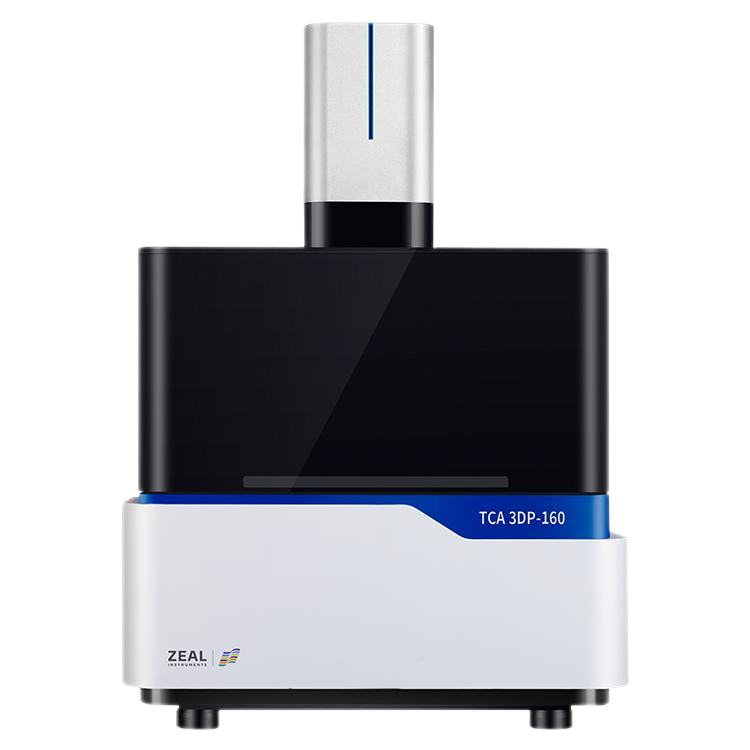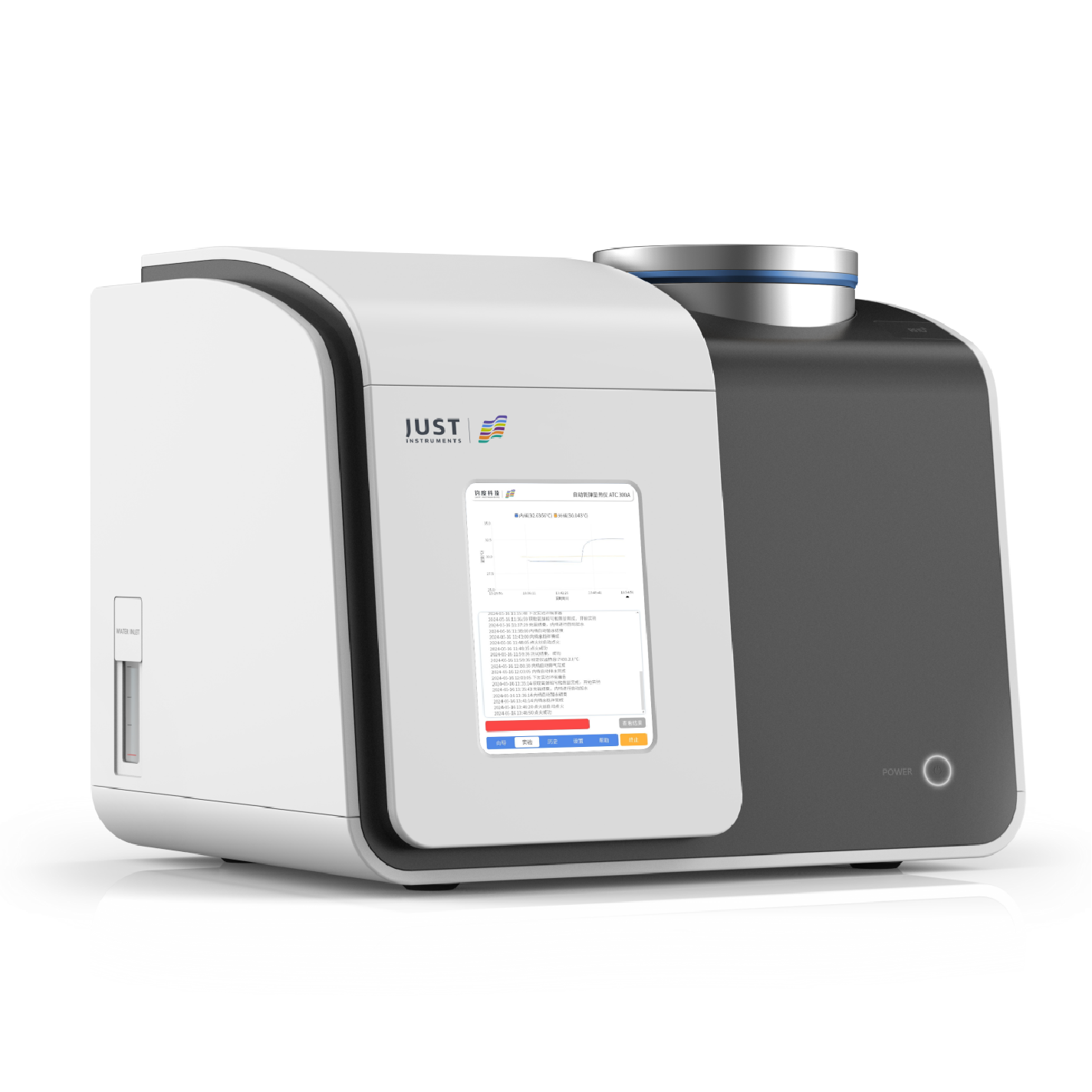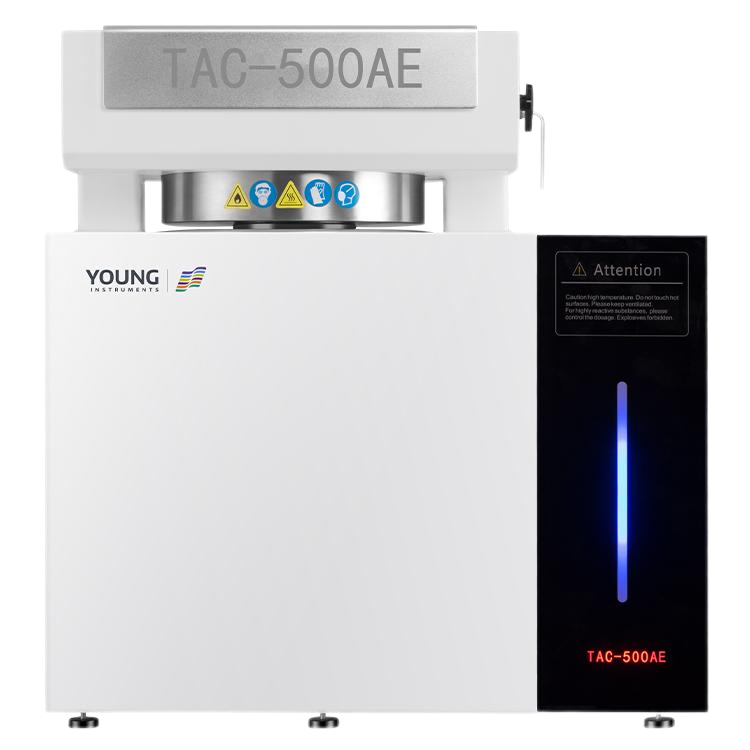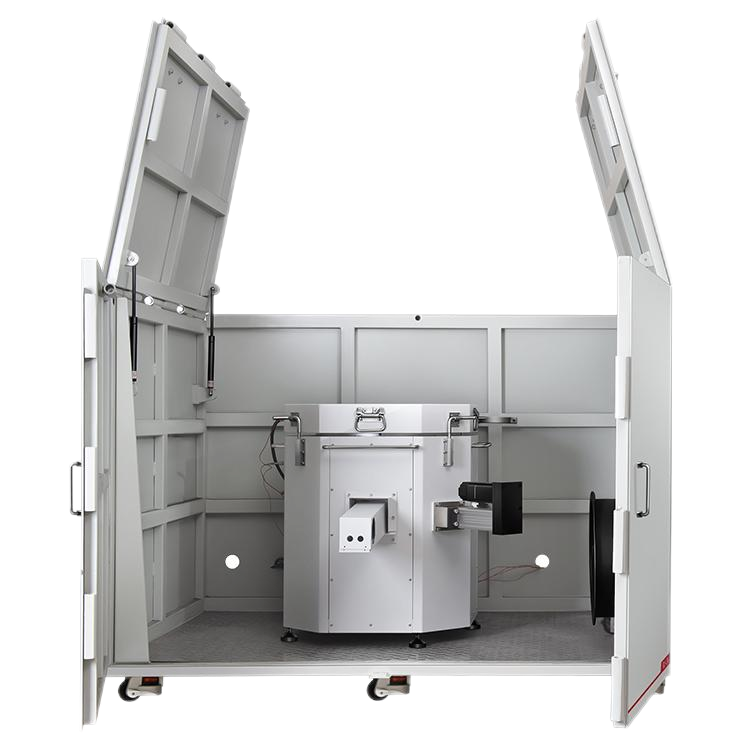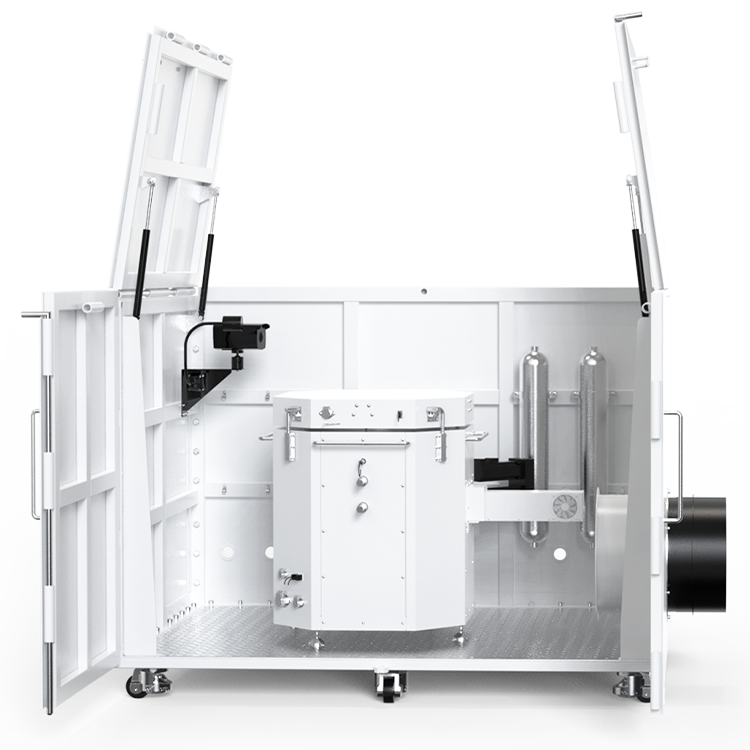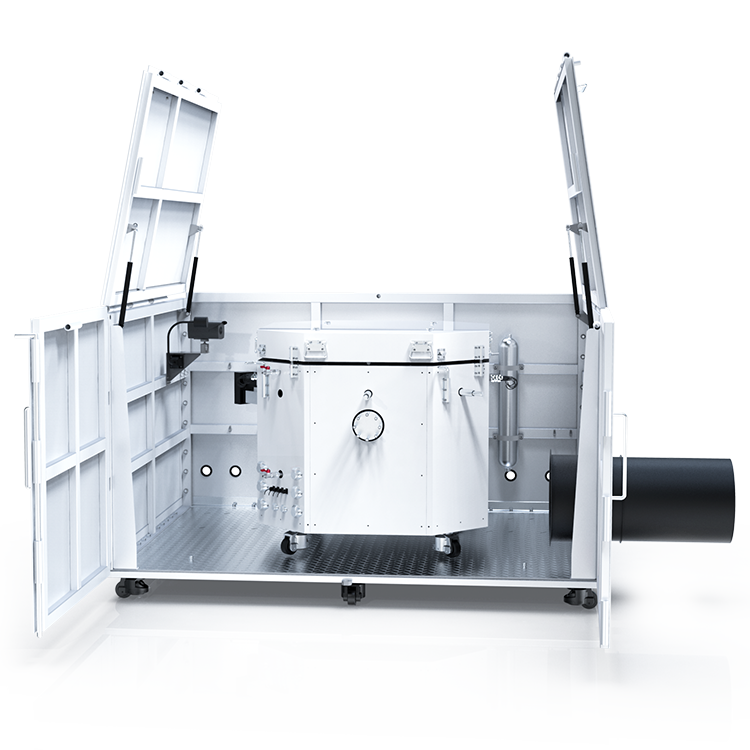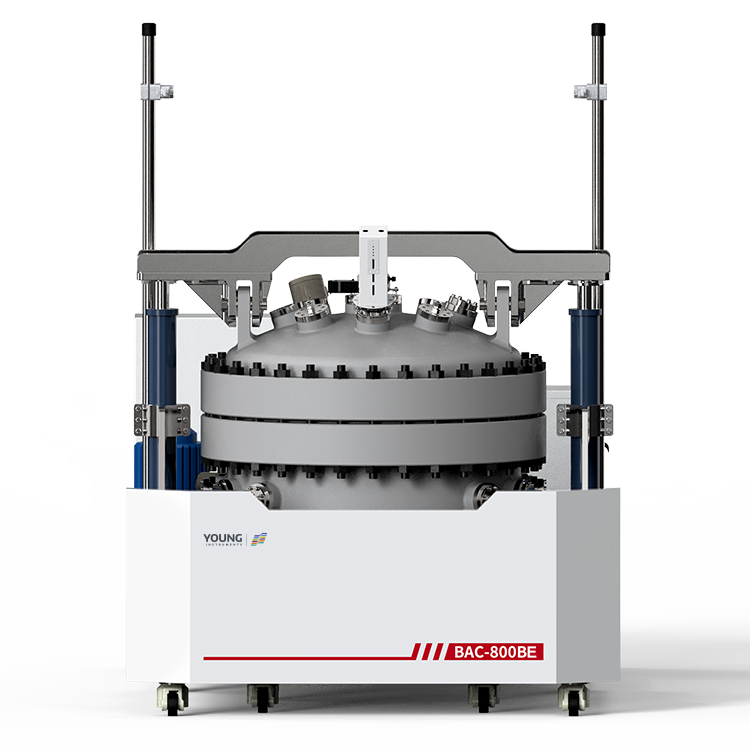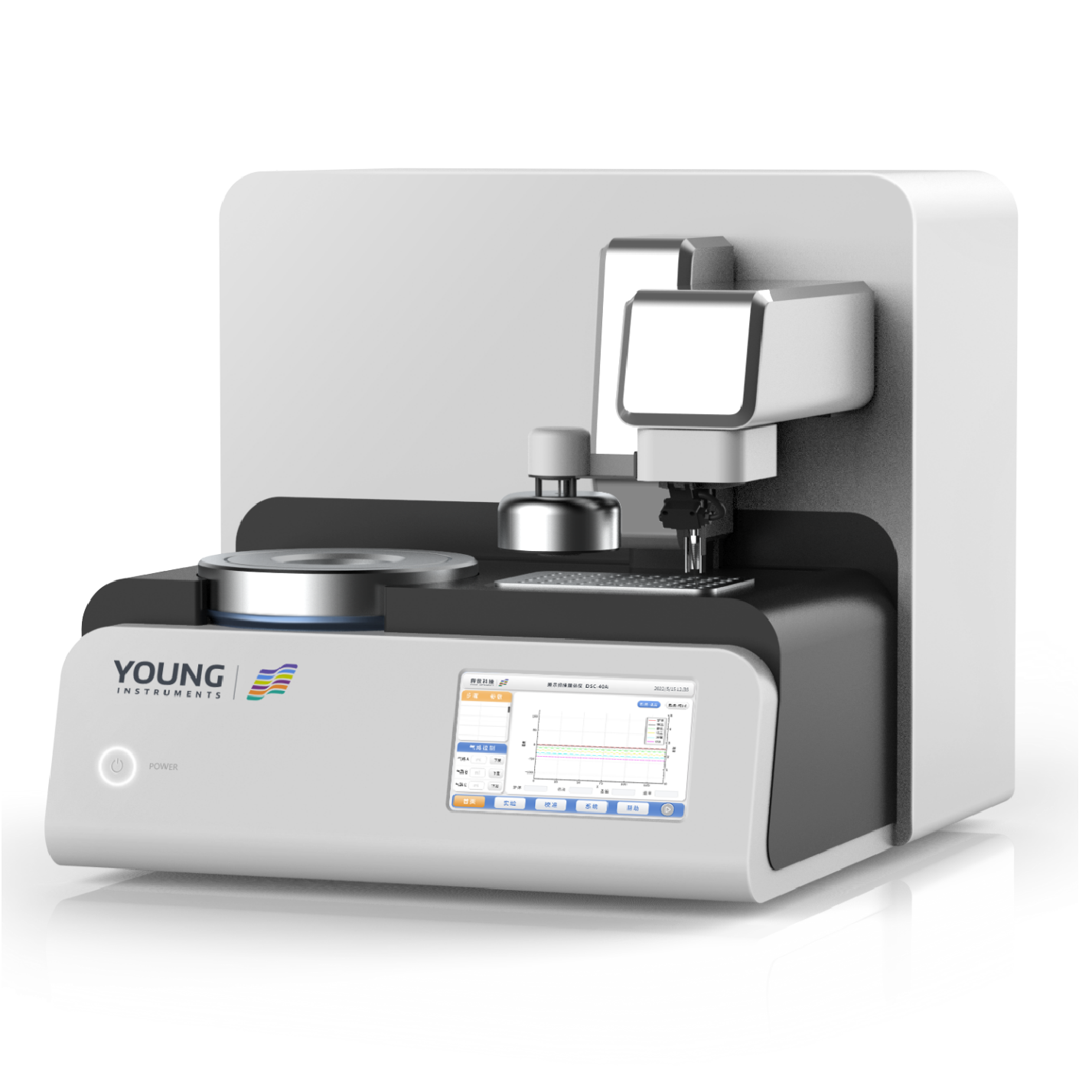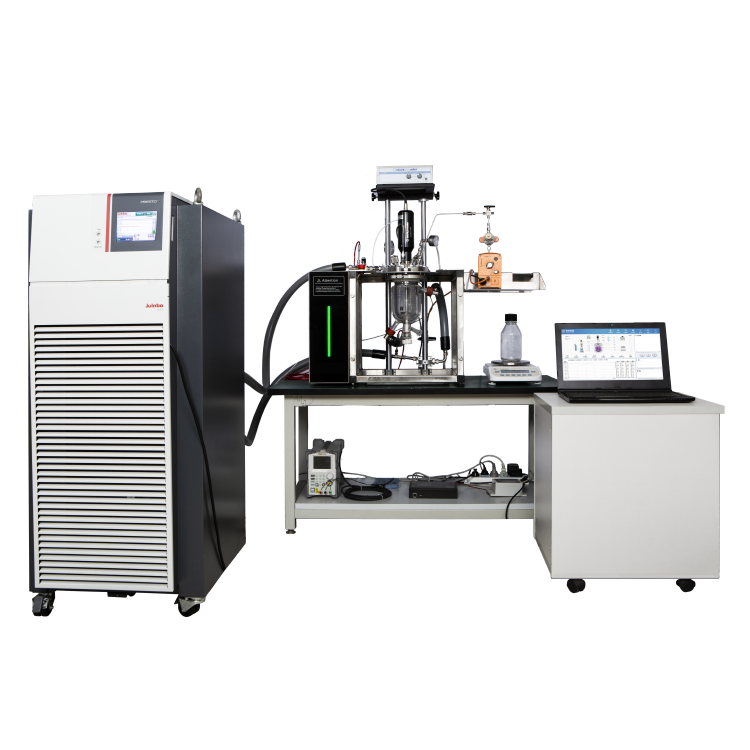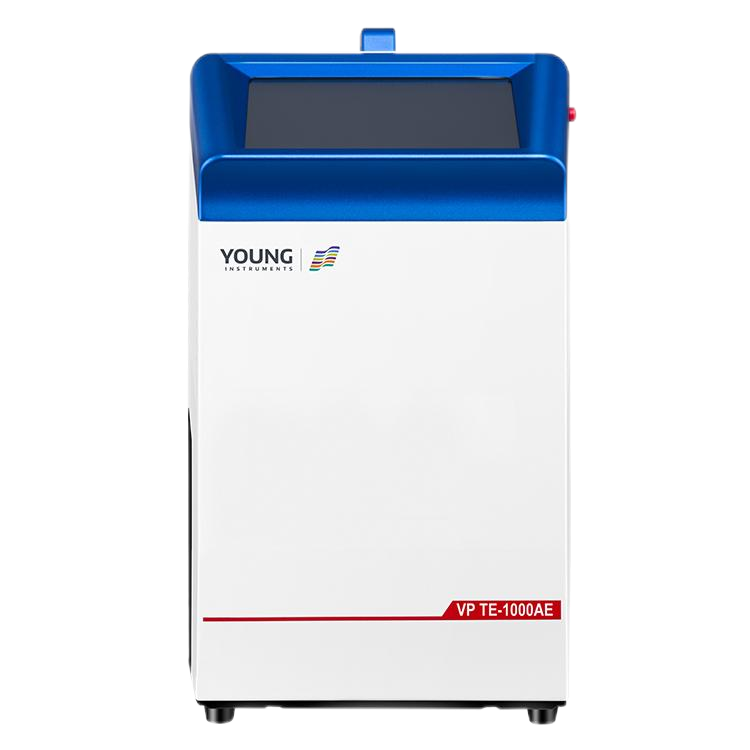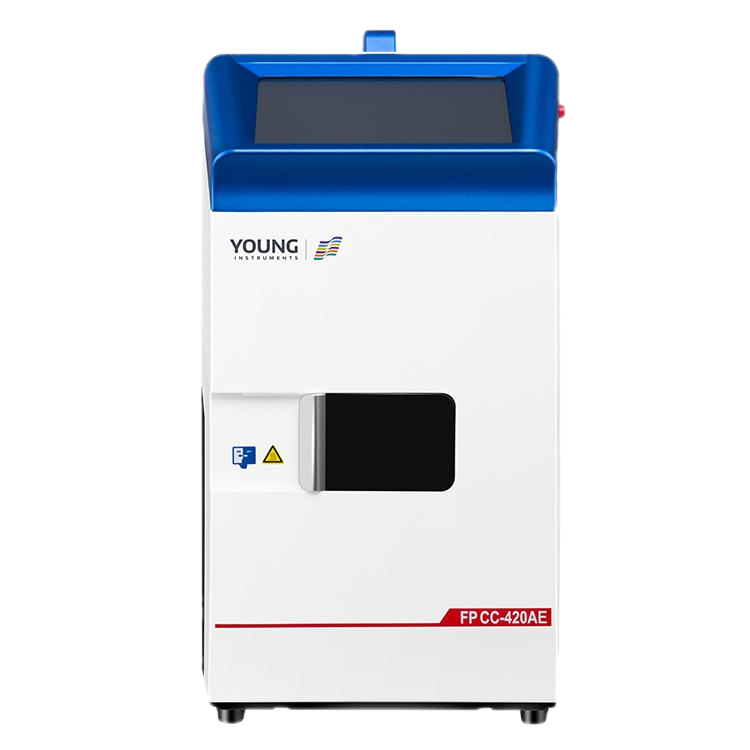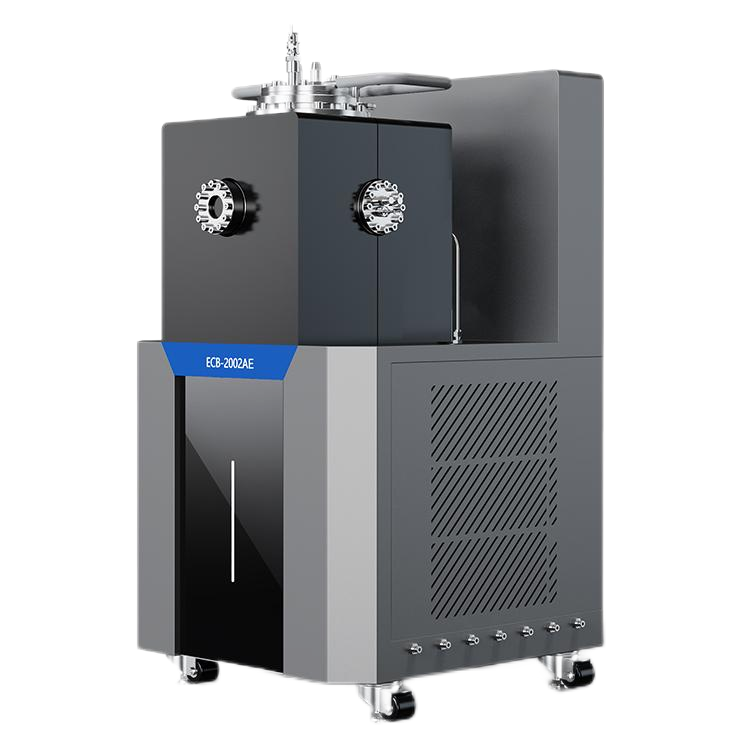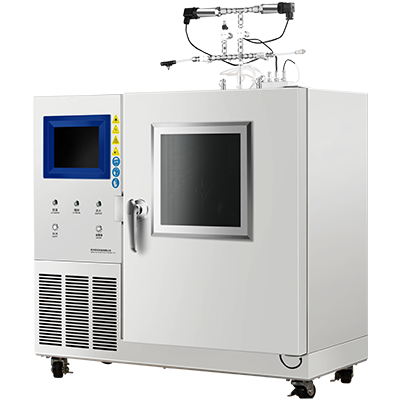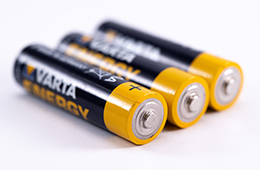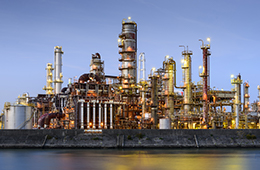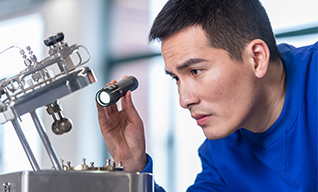Innovative Vapor Pressure Instrument for Precision Testing
Vapor pressure testing helps measure how easily a liquid changes into gas. It shows the pressure of vapor above the liquid. This information matters for safety and quality control. Many industries need this data, such as fuel and chemical companies. It helps them store and handle liquids safely. They use vapor pressure values to avoid dangers, accidents, or explosions. Good vapor pressure testing helps businesses understand their products clearly.
But some testing methods cause problems. Many traditional methods need a lot of liquid samples. This makes testing expensive and wastes materials. Some tests also take a long time. Slow testing means slower production and more waiting. This reduces efficiency and increases costs for companies. Older methods can be complicated to operate, causing mistakes or incorrect results.
How can we improve this? Companies need better testing instruments. New tools like Vapor Pressure Testers make testing faster and easier. These instruments use less liquid for each test. They also give precise and fast results. With better testing instruments, companies save time and money.
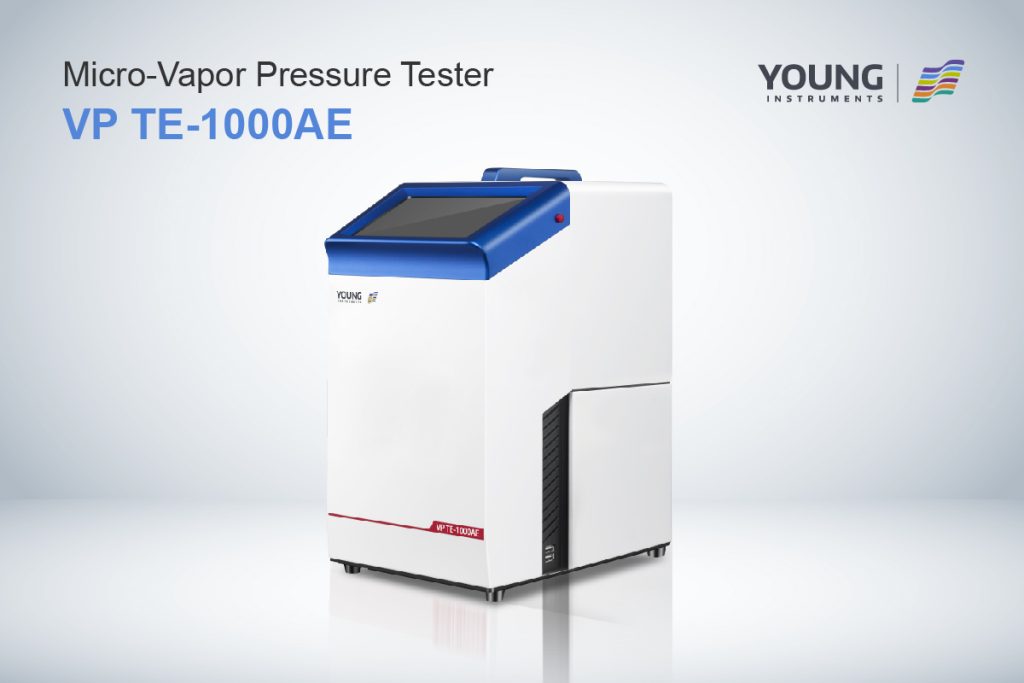
Zeal Instruments: Advancing Vapor Pressure Testing
VP TE-1000AE: High-Precision Micro-Vapor Pressure Tester
Zeal Instruments has developed a new Vapor Pressure Instrument. It is based on the Triple Expansion Method. It provides fast, accurate, and reliable results. It is designed for testing gasoline, aviation fuel, hydrocarbon solvents, and other chemicals. It helps industries improve safety and efficiency.
Zeal Instruments developed the VP TE-1000AE, a fully automated vapor pressure tester based on the triple expansion method. It accurately measures the vapor pressure of gasoline, aviation fuel, hydrocarbon solvents, and light petroleum distillates. It operates in environments from 5°C to 40°C, with humidity below 85%, ensuring stability in various conditions. The temperature control range extends from 0 to 120°C, with a precision of ±0.1°C, making it ideal for petroleum and chemical industries.
Cutting-Edge Technology for Fast and Reliable Testing
This instrument automates the testing process, removing human errors that occur in manual methods. It records multiple temperature-pressure points and generates real-time charts, aiding researchers in data analysis. The pressure measurement range is 0 to 1000 kPa, with a high-resolution reading of 0.01 kPa, ensuring detailed results. It provides repeatability within 0.3 kPa and reproducibility within 0.7 kPa at 37.8°C, 70 kPa conditions.
User-Friendly Operation with Advanced Features
The VP TE-1000AE simplifies testing. It requires only 1 mL of sample and delivers results in 10 minutes. The device has a unique cleaning method that prevents sample cross-contamination. It supports user-level management, allowing controlled access to testing operations. The 7-inch color LCD touchscreen displays live test data, while the USB plug-and-play interface and built-in thermal printer enable easy data storage and reporting.
Compact and Efficient Design
This device is compact, measuring 225mm x 290mm x 390mm and weighing 12 kg. It runs on an AC 220V/50Hz power supply with a 150W power rating. It includes RS232, RJ45, and USB ports for easy connectivity. The adjustable gas-to-liquid ratio (0.02:1 to 4:1) ensures flexibility for different test requirements. The maintenance-free chamber supports continuous use, making it a reliable tool for industries requiring frequent vapor pressure testing.
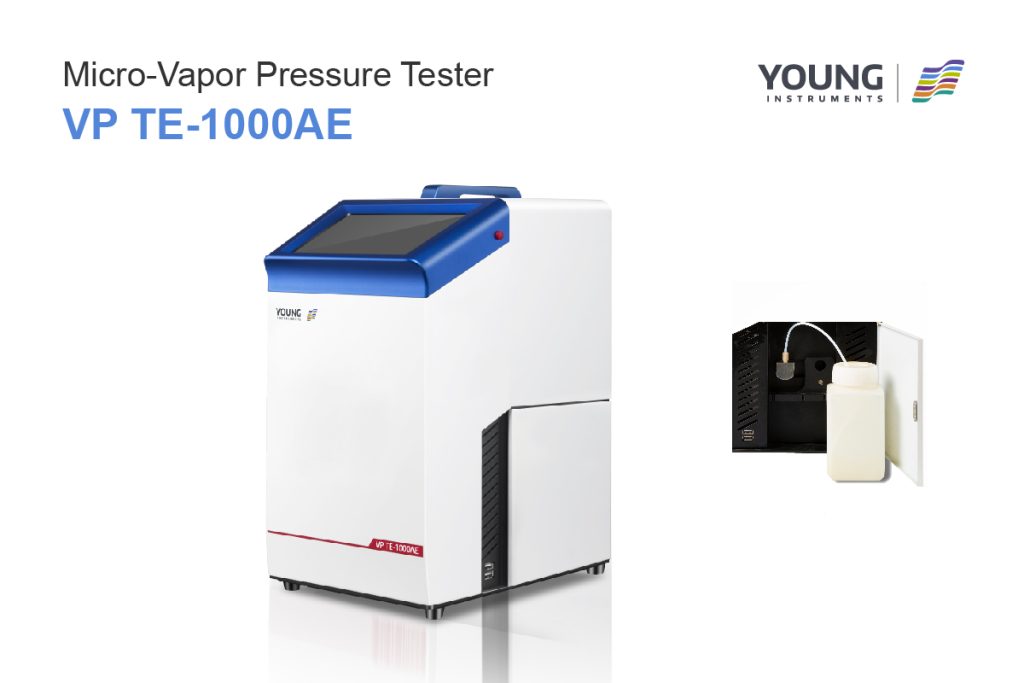
Key Features of the New Vapor Pressure Instrument
Common Methods for Measuring Vapor Pressure
Different methods are used to measure vapor pressure. Some are more accurate and efficient than others. The three main methods are the Reid Vapor Pressure (RVP) Method, the Triple Expansion Method, and the Mini Method.
Reid Vapor Pressure (RVP) Method
The Reid Vapor Pressure (RVP) Method is one of the oldest techniques. It measures the vapor pressure of petroleum products. It follows international standards, including:
- GB/T 8017-2012 – Determination of Vapor Pressure of Petroleum Products – Reid Method
- ASTM D323 – Standard Test Method for Vapor Pressure of Petroleum Products (Reid Method)
Triple Expansion Method
The Triple Expansion Method is a modern approach. It is used for crude oil, hydrocarbons, and fuels. It improves accuracy by expanding the sample three times during testing. It follows these standards:
- ASTM D6378 – Determination of Vapor Pressure of Petroleum Products, Hydrocarbons, and Hydrocarbon-Oxygenate Mixtures (Triple Expansion Method)
- ASTM D6377 – Determination of Vapor Pressure of Crude Oil (Expansion Method)
Mini Method
The Mini Method is another testing technique. It is useful for small sample sizes. It follows:
- ASTM D5191 – Determination of Vapor Pressure of Petroleum Products (Mini Method)
Vapor pressure depends on the type of liquid and the temperature. Choosing the right test method is important. The best method should match the liquid’s properties.
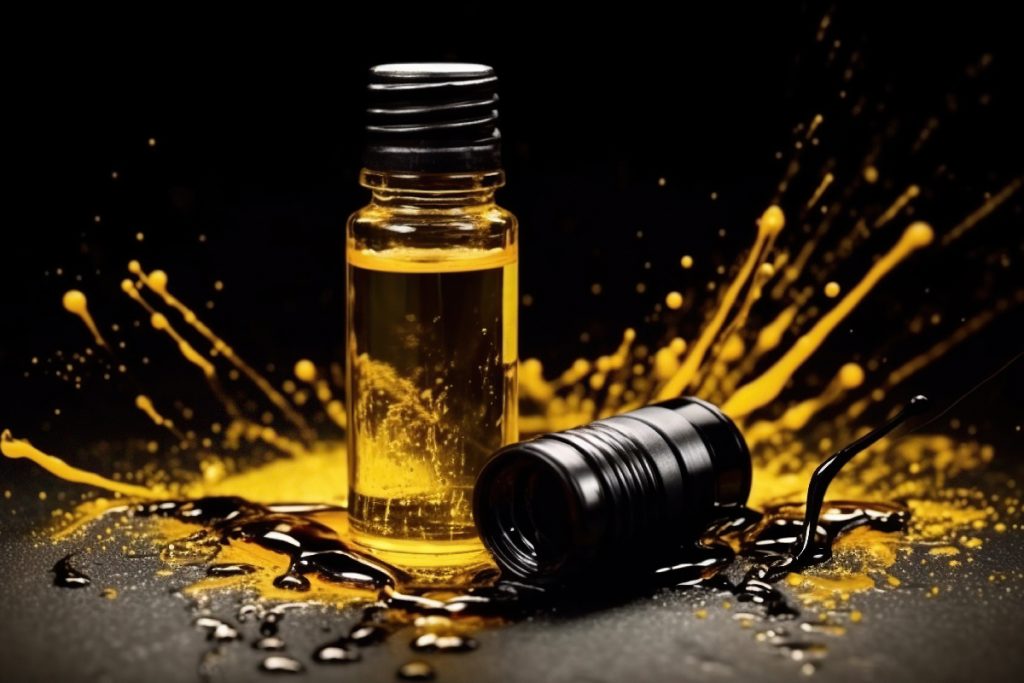
Why Vapor Pressure Matters
What Is Vapor Pressure?
Vapor pressure is the force that vapor exerts on the surface of a liquid. It happens when gas and liquid are in balance at a set temperature. This pressure tells how easily a liquid turns into gas. It also shows if a liquid can cause problems in pipelines. If the vapor pressure is high, the liquid may evaporate quickly. This can cause storage loss and safety risks.
Why High Vapor Pressure Is Important?
A liquid with high vapor pressure evaporates fast. This can lead to more losses in storage and transport. It can also cause vapor lock in pipelines. This happens when gas blocks the flow of liquid. It can stop machines from working properly.
Some liquids are dangerous if inhaled. If their vapor pressure is high, they turn into gas easily. This increases the risk of poisoning. Workers must be careful when handling these liquids. Safety measures are needed to lower the risk.
How Temperature Affects Vapor Pressure?
Vapor pressure changes with temperature. When the temperature goes up, the pressure increases. If a sealed container is heated, the liquid inside expands. This can deform or even break the container. That is why these containers must not be exposed to high temperatures.
Flammable liquids also need special care. Their containers must have some empty space to allow for expansion. At least 5% of the space should be left empty. These containers should be kept away from heat and fire. In hot weather, cooling methods should be used to prevent accidents.
Vapor Pressure Testing in the Petroleum Industry
Vapor pressure testing is very important in the petroleum industry. It is used for gasoline, crude oil, and other fuels. It also applies to hydrocarbon mixtures and liquefied petroleum gas. This test helps check fuel quality. It also shows how volatile a substance is. Many industries rely on these tests to ensure safety and efficiency.
Industry Applications and Benefits
Oil Refineries and Fuel Production
Oil refineries need accurate vapor pressure testing. It helps them check fuel quality. It also ensures that fuel meets safety standards. If vapor pressure is too high, fuel can evaporate too fast. This leads to product loss. It can also create safety risks.
Fuel production plants use vapor pressure testing in daily operations. They need to control fuel properties. If pressure is too low, fuel may not perform well. Engines may not work efficiently. Testing helps companies produce better fuels. It also helps prevent issues in storage and transport.
Environmental Monitoring and Regulatory Testing
Governments set rules for fuel and chemical safety. Vapor pressure testing helps check if products follow these rules. It ensures that fuels do not release too many harmful gases. This reduces pollution.
Environmental agencies use vapor pressure testing for air quality studies. They check how much fuel evaporates into the air. This helps them understand pollution levels. It also helps them make better regulations.
Research and Quality Control Laboratories
Laboratories test different liquids to study their properties. Researchers use vapor pressure data to develop better fuels and chemicals. This helps improve product performance.
Quality control teams also rely on vapor pressure testing. They check if products meet industry standards. If a product does not meet the required limits, companies must adjust their processes. This helps ensure safety and efficiency in production.
Get Quick and Precise Vapor Pressure Testing with VP TE-1000AE!
The VP TE-1000AE delivers fast and accurate vapor pressure results. It is fully automated and simple to operate. It needs only 1 ml of sample and provides results in 10 minutes. Increase efficiency and accuracy in testing. Choose VP TE-1000AE for better performance today!




